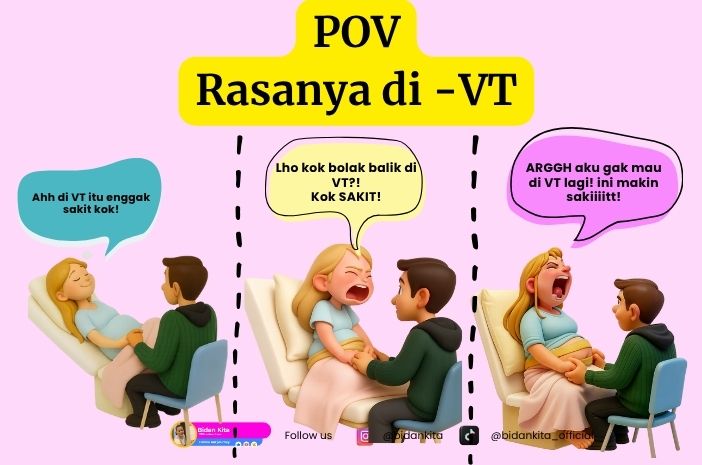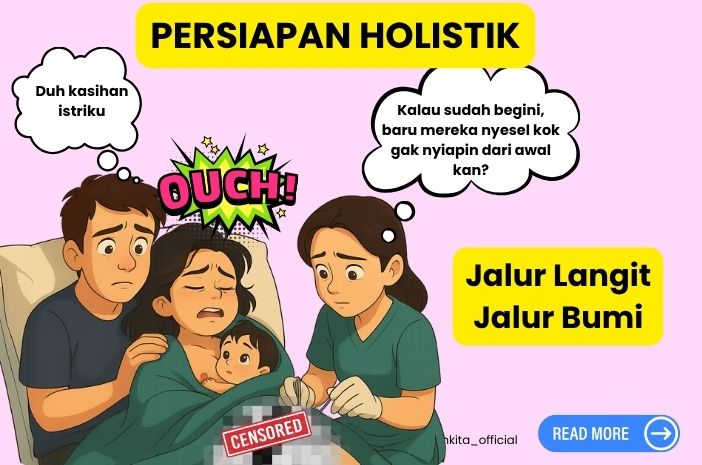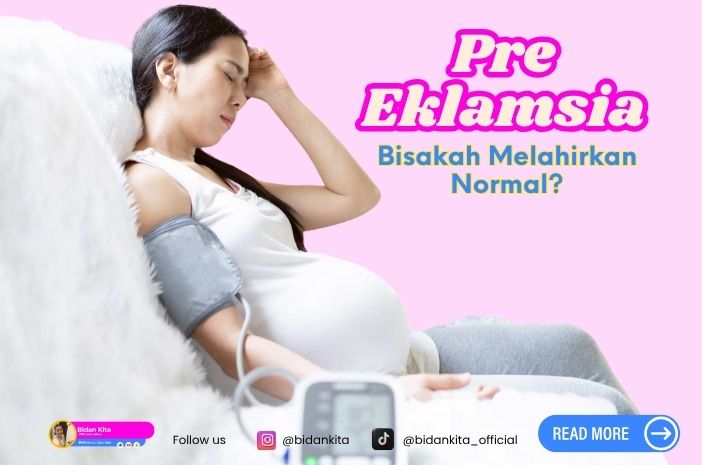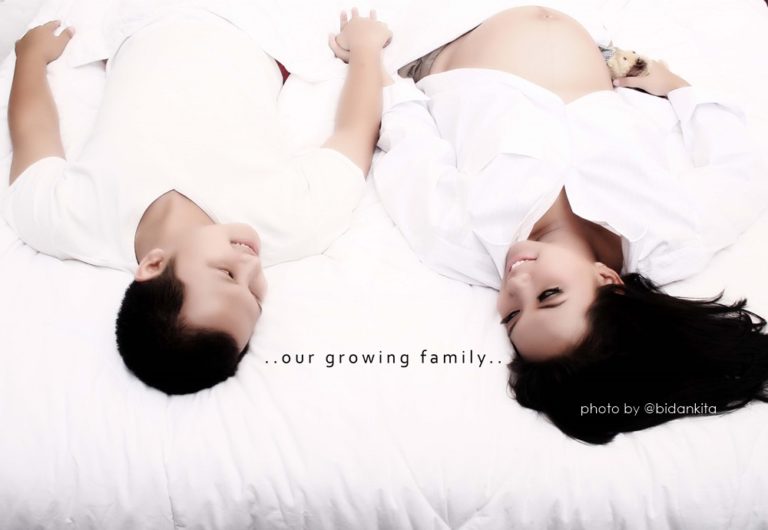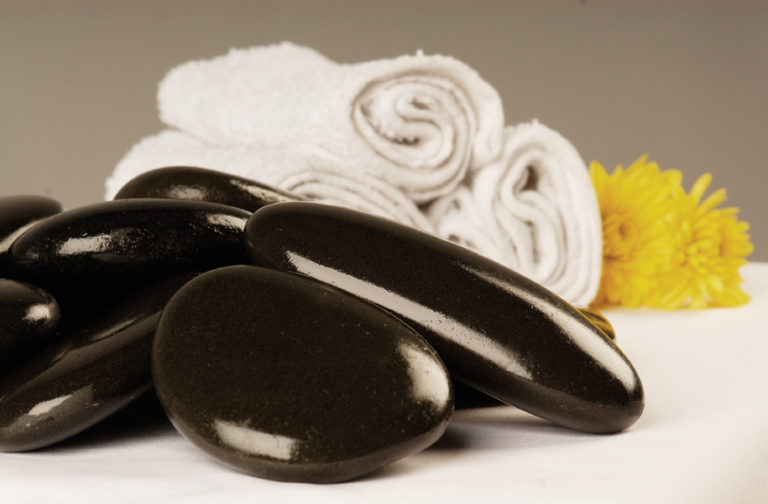Pain During Labour??!!?? hypno-birthing can handle this!!!!
Â
Everyone has different pain thresholds and frequently find their own coping strategies. Some need a lot of analgesics, to anaesthesia. Fear, anxiety and stress cause pain to feel more acute (as highlighted by studies into the fear – pain – tension expectancy links). It is your right to ask for pain medication at any time.
Â
It is generally believed that women suffer great pain and discomfort during childbirth. Indeed the average woman has had this fact dinned into her so consistently throughout the years, that she is bound to suffer pain at her confinement because her mind has been so conditioned to expect it.
Grantley Dick-Reid”s recognition of this fact, and his explanation of the fear-tension-pain syndrome, has done much to alter the whole approach to obstetrics. The methods to be employed during your hypnosis for childbirth training are very similar to those which he successfully employed to deal with this, consisting of education, relaxation and suggestion. Although he described a “trance-like” state which occurred in some of his patients during labour, he stoutly denied that hypnosis played any part in the techniques he evolved.
Nevertheless suggestion forms such an integral part of the Dick-Read procedure that there is not the
slightest doubt that hypnosis can greatly enhance the use and effectiveness of his methods. Since the causes of pain during childbirth are largely psychological, it is obvious that the most effective methods of dealing with them must also be psychological. It must be remembered, however, that the hard work and effort connected with labour cannot be avoided, but the pain and mental anxiety can. Training you,
the mum-to-be, in achieving relaxation and where possible the hypnotic state can teach you to exercise aremarkable degree of mental control over your bodily functions.
Â
In obstetrics there are three essential requirements that the ideal anaesthetic agent should fulfil:
1. It should be capable of affording complete relief from pain however severe;
2. It should not interfere with the normal mechanics of labour;
3. It should not depress either the respiration or the circulation of the child.
Â
Whereas the best chemical anaesthetic agent is at best a compromise, hypnosis fulfils all these conditions and has been rightly called the ideal anaesthetic agent in midwifery.
The pain that is commonly experienced during labour is always caused by two main factors:
1. The physical contractions of the womb and the distension of tissues as the baby is born;
2. The psychological overlay of fear, anxiety and tension, arising from expectation and belief.
Â
A mum-to-be”s ability to relax depends not only upon the extent of her suggestibility, but also upon her
attitude to pregnancy, her emotional reaction to the event, her previous conditioning to pain, the level of her threshold of pain, and whether or not she is primagraveda. All the emotional factors, which play an important part in influencing labour pains, can be controlled by hypnosis. The greatest value of hypnotic training lies in its ability to achieve the following:
1. The eradication of erroneous ideas by the use of counter-suggestion;
2. The teaching of relaxation;
3. The teaching of auto-hypnosis to the mother and the ability to produce such relaxation whenever
required
Â
the induction of hypnotic anaesthesia is of secondary importance since relaxation itself will always automatically raise the threshold of pain. When the mum-to-be receives proper psychological preparation for labour, it is questionable whether induced anaesthesia is necessary since labour will tend to proceed with a minimum of discomfort except for that associated with hard work.
It is true that the mum-to-be can be taught to relax, to feel confident, and look forward to her confinement with pleasure as a most rewarding and satisfying experience. Her labour is likely to be shortened in duration (on average by 3-4 hours in the first stage of labour for a primagraveda, and at least 2 hours otherwise, lessening the likelihood of the mum-to-be exhausting). The labour will also be much easier and far less distressing. Fortunately, this can be achieved without deep hypnosis.
Â
Early training in both mental and physical relaxation can be achieved even in lighter or medium stages of hypnosis and can prevent a great deal of anxiety, apprehension and tension. The increased confidence acquired will minimise the amount of anaesthesia required, should this be required in the later expulsive stage of labour. the evidance based reported an average reduction of 20 per cent in the length of the first stage of labour in all women who had had prenatal hypnotic training, and some 20 per cent of mums were able to achieve the deepest hypnotic states with spectacular results in the complete elimination of pain. When questioned post-natally, the greatest value of hypnosis has been amply confirmed by the mum-to-be”s own reactions to the experience. Almost invariably the reply has been that future confinements will hold no terrors whatever, and that the mum-to-be will even look forward to having another baby under similar circumstances, irrespective of whether complete pain was eliminated or not.
Â
Â
The Advantages and Disadvantages of Hypnosis in Obstetrics
(extracted from p.308 – 311, Medical and Dental Hypnosis and Its Clinical Applications, John Hartland, 2nd Edition).
Â
Â
The Advantages of Hypnosis are:
1. It can greatly increase the mum-to-be”s ability to relax, both mentally and physically. Under hypnosis
you will readily accept the fact that there is nothing to fear and that since you will be able to relax
completely, the tension and pain will disappear, and your labour will become much easier.
Â
Â
2. It produces no depression of the respiratory or circulatory functions, in either you or your child. Most
chemical anaesthetic agents and analgesic or sedative drugs tend to produce this. This is particularly likely when morphine or the barbiturates are employed. Consequently there is much less
risk of foetal damage.
Â
Â
3. Hypnosis usually affects some shortening of the first stage of labour, as discussed above.
Â
Â
4. Hypnosis increases your resistance to obstetric shock. The risk of shock is greatly diminished since
the mum-to-be becomes much less exhausted during the first stage. Under hypnosis you can eat,
drink, sleep and attend to your natural functions. You are able to cooperate fully with both doctor and
midwife, even when the contractions are strong and frequent. You are also enabled to relax your
muscles so completely that the danger of foetal injury is also much reduced.
Â
Â
5. Hypnosis does not interfere in any way with the mechanics of labour. Both general anaesthetics and
analgesic or sedative drugs have the disadvantage of exercising a depressing action upon uterine
contractions. They consequently tend to delay and to prolong labour. Under hypnosis, drugs may
often be dispensed with altogether, and even when some supplementary medication is required the
effective dosage will be much reduced.
Â
Â
6. In the lighter and medium stages, hypnosis greatly reduces the liability to pain by relieving the fearpain- tension syndrome, and substituting the ability to relax, both mentally and physically. Even in the second stage, when the contractions become stronger and more frequent, the mum-to-be who has
been taught hypnosis to couple suggestions of increasing relaxation with deep, rhythmic breathing,
can greatly relieve, and sometimes even remove all feelings of pain (the perineal massage, a simple
technique often demonstrated by the midwife, also provides relief at this stage). It is only as the head
descends and the perineum becomes distended that pain is most likely to be felt, and supplementary
measures may be needed to keep it under control. In the course of your prenatal training, you will be
told that “gas and air” and analgesic drugs will be readily available should you require them. Whether
they are actually used or not should be left to you, the mum-to-be, to decide. The mother”s own
wishes will always be respected.
Â
Â
7. In the deeper stages of hypnosis partial, complete analgesia and anaesthesia (pain relief /
elimination) may be produced in any part of the body by direct suggestion. Your ability to produce
complete muscular relaxation is tremendously increased and the perineum can sometimes be
rendered completely insensitive during the second stage. Acute pain is most likely to be felt as the
head crowns, but hypnosis can greatly lessen its intensity and may sometimes succeed in removing
it altogether.
Â
Â
8. In these stages, hypnosis affords almost complete control over the rate of expulsion of the head and
shoulders. At this stage, the mother is inclined to continue pushing, even when told not to do so and
so the perineum is given no opportunity to stretch and can tear. However, the moment the
hypnotised mum is told to stop pushing she will obey implicitly and so allow her abdominal muscles
to relax completely leaving the contractions to do their own work, and when she is told to push, she
will do so most effectively. Perineal tears and episiotomy are therefore more likely to be avoided.
Â
Â
9. An episiotomy has a greater chance of being performed painlessly, under hypnosis (if a tear of the
perineum is required). Average blood loss with the mum-to-be employing self-hypnosis seems to be
markedly diminished also.
Â
Â
10. Post-operative recovery is usually both smooth and uneventful. Most women feel remarkably fit and
well after hypnotic delivery and show much less physical and mental exhaustion. The fact that they
can move their legs freely and exercise their muscles immediately following the birth greatly
diminishes the risk of any subsequent venous thrombosis.
Â
Â
11. Lactation can be stimulated and breast-feeding facilitated by direct suggestion under hypnosis. This
is hardly surprising as it is well-known that the physiological process of lactation can often be
seriously influenced by conscious and unconscious emotional disturbances.
Â
Â
there are many a ndvantage s of hypno-birthing to mom’s…
so…Lest’s chage the world!!!
Â
Â
Best Regard’s
Bidan Kita
Â


